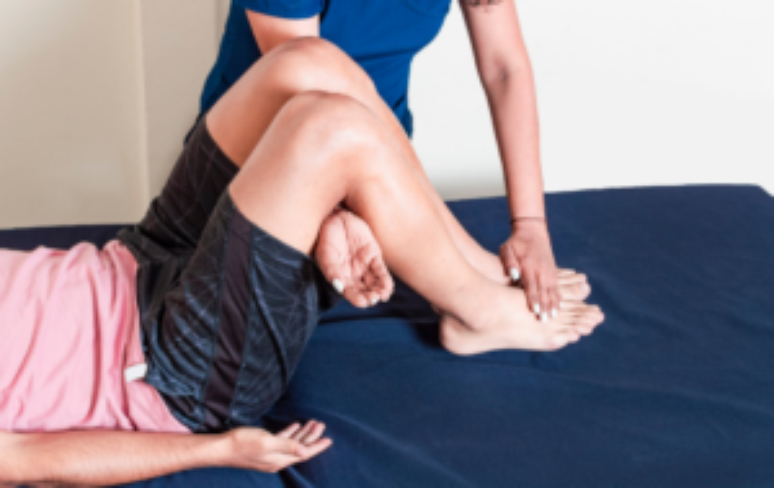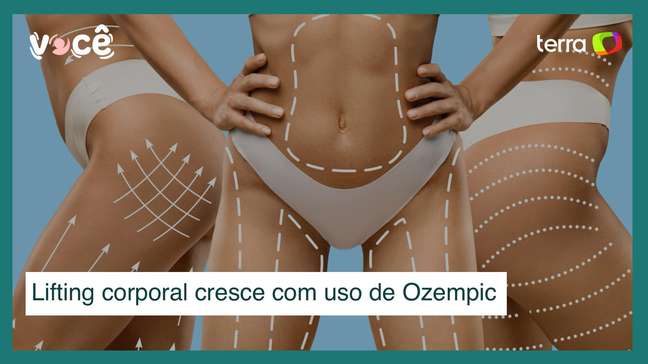In this article Dr. Leandro Ejnisman, specialist in orthopedics and traumatology, clarifies the main doubts about this innovative method
The use of the arthroscope is common in the treatment of pathologies present in the knees, ankles, shoulders, wrist, elbow, among others. After all, it allows for more accurate diagnoses and cooperates for treatment. However, its use is not limited to these areas of the body. In this sense, its use to perform tests and treat pathologies present in the hip is innovative. This technique is also a source of learning for many industry professionals. In this article, the specialist in orthopedics and traumatology,
doctor Leandro Ejnismann
*, explains the procedure, contraindications and patient recovery. Keep reading!
What is hip arthroscopy?
Hip arthroscopy is a surgically performed technique and must be performed by an orthopedic specialist. It is a minimally invasive procedure, as explained by Dr. Leandro Ejnismann:
“The procedure is done through small incisions (cuts) in the hip region. The surgeon inserts a camera into the joint through one of the incisions and operates while watching television.”
The other incisions are used to place the surgical instruments needed to perform the technique.
“In impingement correction surgery, excess bone is scraped from the femur and acetabulum and stitches are placed in the acetabular labrum to heal its injury,”
exemplifies it. This procedure is a pioneer in less invasive surgeries, considering that it causes less trauma to the body. Furthermore, recovery from minimally invasive surgery is generally faster and with shorter hospitalization times. It must be emphasized that prior to the implementation of the technique, access to the hip was via dislocation of the femur and pelvis, also known as controlled dislocation. This procedure performed in the past was considered extensive.
html[data-range=”xlarge”] figure image img.img-1bf4286a02fedbbd31bee6f123e4001b7pgt0zw4 { width: 774px; height: 488px; }HTML[data-range=”large”] figure image img.img-1bf4286a02fedbbd31bee6f123e4001b7pgt0zw4 { width: 548px; height: 345px; }HTML[data-range=”small”] figure image img.img-1bf4286a02fedbbd31bee6f123e4001b7pgt0zw4, html[data-range=”medium”] figure image img.img-1bf4286a02fedbbd31bee6f123e4001b7pgt0zw4 { width: 564px; height: 355px; }
What does the surgery treat?
“The main disease treated through hip arthroscopy is femoroacetabular impingement (FAI) and acetabular labrum tear,” says specialist doctor Dr. Leander Ejnismann.
FAI is a leading cause of hip pain in young patients. In this disease, small changes in the shape of the hip joint lead to damage to the acetabular labrum and acetabular cartilage. These are fundamental structures for the correct functioning of the hip joint. In the treatment of FAI it is possible to correct the problem by curettage, this procedure prevents the collision of the femur and the hip bone (acetabulum). In addition, there are other conditions that can be treated through the hip arthroscopy procedure, such as:
- some tumors located in the hip;
- articular free bodies;
- mild dysplasias
- cartilage injuries;
- hip snap;
- piriformis syndrome.
However, it is essential to remember that only a specialist doctor will be able to evaluate your condition and recommend the best procedure for each case. After all, despite being a minimally invasive procedure, the technique still has contraindications.
Who can have hip arthroscopy surgery?
The doctor. Leandro Ejnisman states that most of the patients assisted with this technique are young, of both sexes.
“It is possible, but less common, to do this surgery in older patients”
, highlights. Additionally, hip arthroscopy is contraindicated for patients with advanced wear and tear on the hip, also known as osteoarthritis. In this scenario, the possibility of indication for the procedure is limited. It should also not be performed if you have severe hip dysplasia.
“This is a condition where the femoral head is less inserted into the acetabulum”
clarifies the specialist doctor.
How is the recovery after the procedure?
As you will have understood, since it is a minimally invasive technique and with few incisions and body traumas, the patient is generally discharged the day after the operation.
“In most cases a pair of crutches is used for 3 weeks. Recovery is progressive and depends a lot on the peculiarities of the case”comments the orthopedic surgeon.
It is important to note that the patient will usually return to their sporting activities without restrictions approximately 6 months after surgery. But even before this period it is already possible to start some lighter activities such as the ergometric bicycle, which is released immediately after the first postoperative period.
How is the follow-up after the surgery?
Postoperative follow-up is required in the first 6 months after surgery. These consultations are necessary to evaluate the recovery and evolution of each case. These periodic meetings will analyze the release of the individual for his return to daily activities.
“During this period, x-rays and physical evaluations are performed to check if the patient’s evolution is adequate”
, says Dr. Leander Ejnismann. But even after follow-up is complete, you should return to your doctor’s office for an evaluation after 1 year of the procedure. These measurements are extremely important to check for any recovery issues.
Does this procedure cure the diagnosis?
The final result of the intervention depends a lot on the condition of the cartilage. For example, there are patients who have femoroacetabular impingement and acetabular labrum tear, without cartilage damage, in which there is a great chance of full recovery.
“In cases where the patient has cartilage damage, the improvement may be less significant. However, the satisfaction rates with the procedure are very high, exceeding 90%”comments the doctor.
That is, in certain cases, after surgery there is the likelihood of being a “cure”, with the subject remaining asymptomatic. However, this is not possible in all scenarios. The evaluation of the specialist practitioner should be careful and the patient should not delay seeking a specialist so that there is no worsening of the condition.
*Dr. Leandro Ejnisman, is an orthopedic and traumatologist specializing in also at the Hospital das Clínicas of the University of São Paulo
Source: Terra
Ben Stock is a lifestyle journalist and author at Gossipify. He writes about topics such as health, wellness, travel, food and home decor. He provides practical advice and inspiration to improve well-being, keeps readers up to date with latest lifestyle news and trends, known for his engaging writing style, in-depth analysis and unique perspectives.








